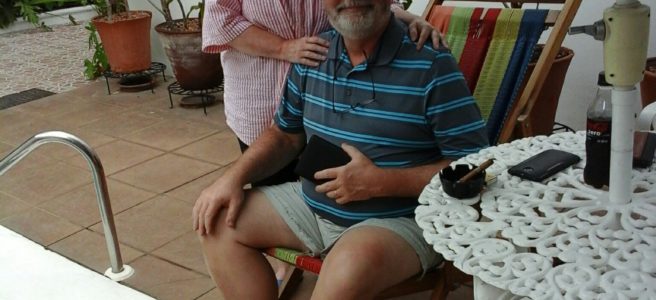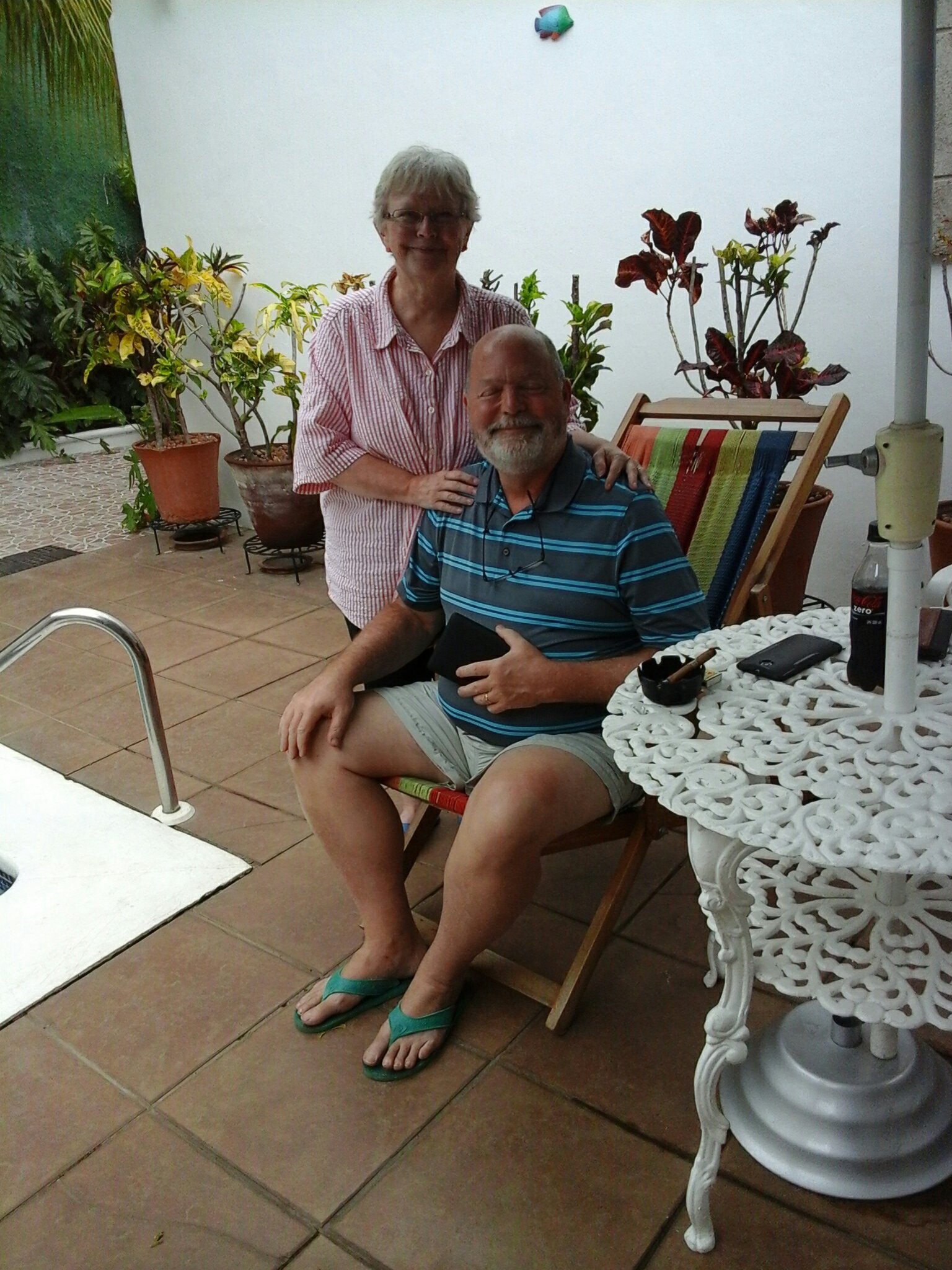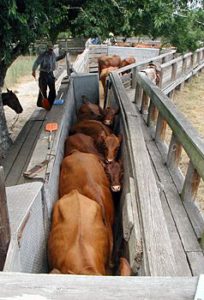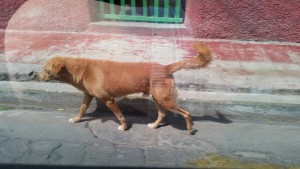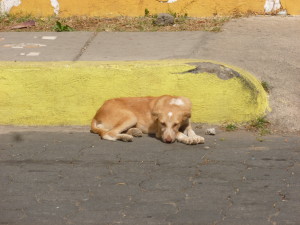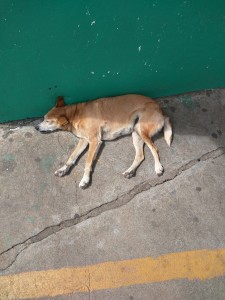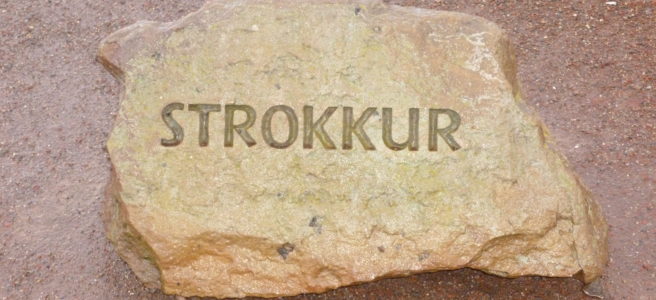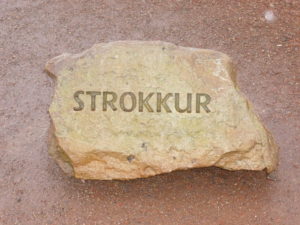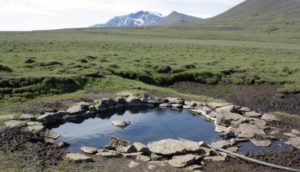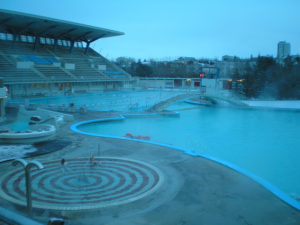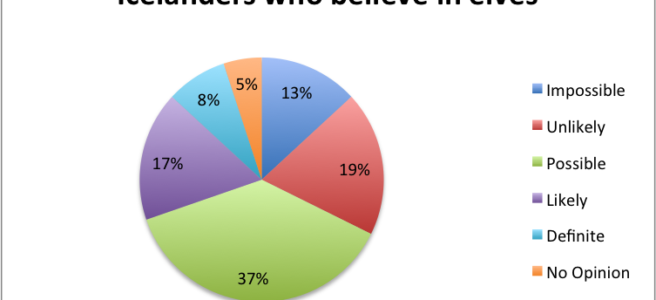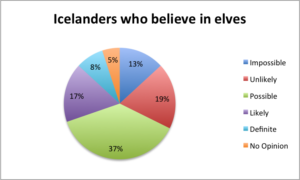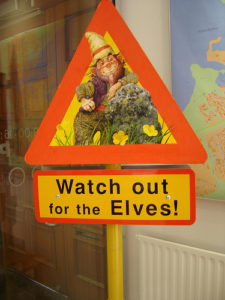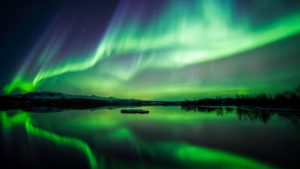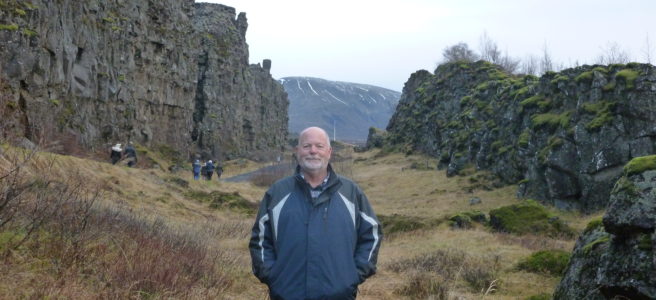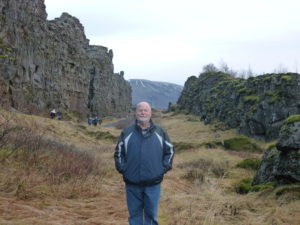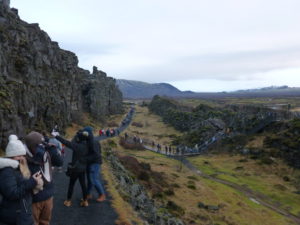Previously, after our December 2016 Auto Train trip in Business Class, I described riding the Auto Train as Dante’s 10th Circle of Hell. On December 27 this year, we decided to give it another try with a few very important tweaks. I have to admit this experience was significantly better than our previous two fiascoes and has changed my mind about the Auto Train. My apologies to Amtrak !
Over the years, we have booked a (1) Superliner Bedroom (with private bath), (2) Business Class seats, and (3) Superliner Roomette (no private bath). The Superliner Bedroom and the Superliner Roomette provide complete privacy with a lockable door. All classes receive dinner in the dining car at your appointed time–there’s usually about 3-4 different time slots you can sign up for–we always take the earliest as they often run late on subsequent dinner times. A little explanation of our experience with each is warranted to understand my change in view. Some “tips” will be found at the end of this post.
First, the Superliner Bedroom with private bath seemed like a great idea. No mingling, and with your own private bath, no waiting in line for your bladder to burst. Simply close the door and it is completely private. The seats inside the Superliner Bedroom fold down into a one lower single bunk with a pull-down upper bunk overhead. Cozy. Private. But in fact, we slept not a wink. The rhythmic clickety-clack you see in the movies is a myth on the Auto Train in a Superliner Bedroom. The train is pulling a maximum capacity of 320 automobiles in car carrier freight cars and is more than 3/4 of a mile long. There is a constant tug and pull as all those passenger and freight cars rock and roll. The Superliner Bedroom is pretty much like a James Bond martini–shaken, not stirred. For the quality of the ride it is clearly not worth the price, aggravation, and discomfort. To make matters worse, because there are 320 automobiles on the train being offloaded one at a time, we waited almost three hours in the station for our car to finally make an appearance. It was a simply awful experience and I swore we would never subject ourselves to it again.
However, after experiencing the horror of driving to Florida via I-95 right after Christmas (bumper-to-bumper in both lanes, 85 mph or the car behind you practically crawled up your tailpipe, and incessant delays from the predictably high number of fender benders, and heaven help you if there is any kind of bad weather), the Auto Train was starting to look better. Our second attempt several years later was in Business Class. In theory, there is more legroom than on an airplane (there is), and possibly in Coach. Our intent was to simply recline the seat back, curl up, and sleep all the way to Florida. You can read the details of that road to hell on one of my previous posts. Unfortunately, in Business Class you hear everyone snoring along with other even less desirable biological noises, being constantly bumped by people trying to walk around in a moving train as they head to the bathroom or just go for a stroll to talk to other people while you’re trying to sleep. Throw into the mix seats that had at most 1/2″ thick padding and, by the time we arrived in Florida, I was so numb it felt like my ass had fallen off — I could feel nothing below the waist!. We swore we’d never do it again (famous last words).
But alas, there was yet one more Pit of Misery (Dilly, Dilly !) we hadn’t tried — the Superliner Roomette. Picture a phone booth with bunk beds. Before bedtime, you had two very comfortable recliners facing each other across a window. After diner at bedtime, the steward folded the seats into one long lower bunk (putting a thin mattress over it to cover the small spaces between seat cushions–quite comfortable actually) and there was a pull-down upper bunk made up the same way. In fact, Heide and I both slept like babies. We didn’t feel the terrible shaking we had experienced years before in the more expensive Superliner Bedroom with bath. It was an amazingly comfortable, pleasant trip (of course, it helped my mental state that the train was actually on time on this trip and the wine at dinner probably helped).
We didn’t miss the private bath because, in truth, who wants to shower in the morning using the tanked water on a train? More importantly though, I have a theory (you knew I would) about the real difference between the rides.
First, let’s get Business Class and Coach Class off the table. There is simply no way to get comfortable on those seats given the length of time the trip takes. Add in the jostling by other people, the auditory bombardment and biologic olfactory apocalypse and it’s quite easy to eliminate that mode of travel. It was over 18 hours of the most uncomfortable hell imaginable. No Coach. No Business Class.
But why, you ask, did we have such different experiences between the trips via the Superliner Bedroom w/bath (hell) and the Superliner Roomette (heaven), aka phone booth with no bath? Here’s my theory: the bunks in the Superliner Bedroom are laid out perpendicular to the tracks to make room for the private bathroom. The bunks in the phone booth sized Roomette are laid out parallel to the tracks. Now, picture your train under the tree at Christmas. As the train moves, the couplings between the cars have a little “give” (i.e., they are not a tight, rigid fit). Consequently, as the train encounters the inconsistencies of the terrain and rails, the train tugs and pulls along its entire 3/4+ mile-long length and results in a lot of movement–both rolling side-to-side and tugging back and forth. The Superliner Bedroom bunks that are perpendicular to the tracks cause the tug/pull of the train to ROLL your body back and forth all night long–the rolling causes your head to be high one moment and low the next. It leaves you with the constant feeling that you are going to roll out of bed and thus no sleep.
On the other hand, the Superliner Roomette bunks are parallel to the track and, thus, in line with the tug/pull of the train motion. You are simply being jostled gently from head to toe (rather than rolled side-to-side) and feel perfectly secure in the bunk. The side to side motion was like being rocked in a cradle. Frankly, it reminds me of sleeping on our boat at anchor. We slept like babies. Wine helps.
One last tip: Book really early (we book a year in advance) and cough up the $60 for Priority Offloading. In doing so, yours will be among the first 30 cars off the train at your destination. Be willing to adjust your travel dates by a few days, if necessary, to get the Priority Offloading — it’s worth it. When we arrived on the morning of December 28, we had our car and were on our way about 15 minutes after they started unloading vehicles. I have no doubt that many of our fellow passengers were waiting 2-3 hours to get their cars.
Your mileage may vary.


